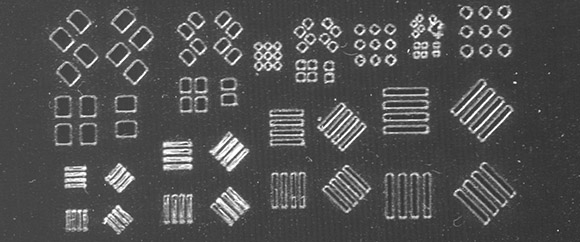Unless you’d like to spend hours with a toothpick and a tub of solder paste, stencils are the way to go whenever you’re placing SMD parts. While most commercial and industrial SMD stencils are made out of laser cut stainless steel, [Peter] figured out a piece of plastic and a $300 craft cutter is equally well suited for the job.
[Peter] has spent some time making SMD stencils out of polyester film in the form of overhead transparency sheets. This turned out to be a wonderful material; it’s dimensionally stable, commonly available, and just the right thickness suggested for SMD stencils. The polyester film was cut on a Silhouette Cameo, basically a desktop-sized vinyl cutter aimed at the craft market.
Stock, the Silhouette Cameo rounds off corners, not something [Peter] wanted with features only fractions of a millimeter. He came up with a tool to convert the paste layer of a Gerber file into separately drawn line segments, allowing him to cut SMD stencils for 0.3 mm pitch components.
It’s a great piece of work to make very fine pitch stencils, but we’re wondering if this tool could be used on the much less expensive Cricut paper and vinyl cutter that is unfortunately locked down with some very restrictive software.













